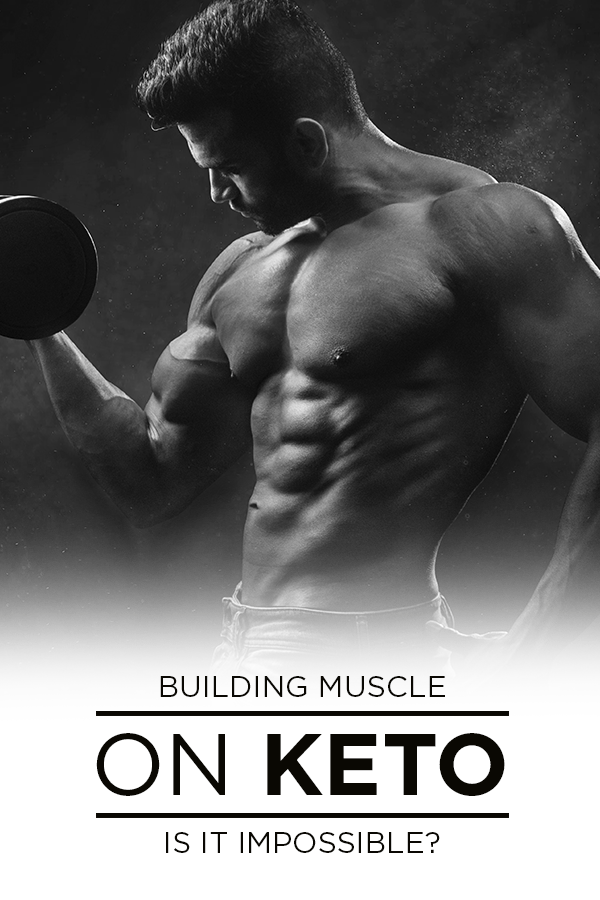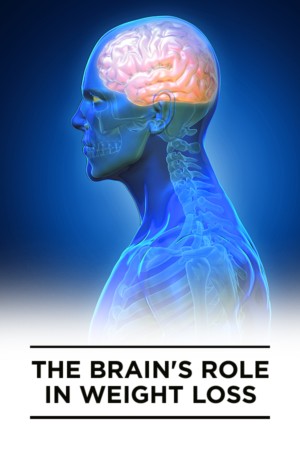The standard approach to building muscle consists of this philosophy: inundate your system with carbs and protein, lift heavy things, and you’ll see results. It’s a proven strategy that works, but it comes at a cost. You typically have to go through two unique stages: bulking, where you add a lot of muscle (and a significant amount of fat) and cutting, where you severely restrict your caloric and carb intake as you shed fat (and lose some muscle).
Conventional wisdom has you complete these steps cyclically, allowing you to build up muscle over time. Again, this approach works, but the philosophy can best be summed up by this mindset: “Well… we’ve always done it this way.” The bulking/cutting regimen wreaks havoc on your body, and you spend half the year in a “fluffy” state. Is there a better way?
Yes! The ketogenic diet can help you build lean muscle consistently throughout the year, and this statement is backed up by peer-reviewed studies, which I’ll mention shortly. Because it challenges conventional wisdom, though, you need to understand how it works. Let’s dive in.
How muscles grow
Whenever you want anything to grow, you need to have an excess of building materials. If you only had exactly what you needed, growth could still occur, but at a much, much slower rate. Think of this in terms of building a house: if you knew precisely how many 2x4s and nails you needed, your house would get built… but you’d spend a ton of time looking for a replacement for that nail you dropped or the board that had a knot in the wrong spot. You need to have additional materials on-hand to expedite the process.
The same principle holds true for dieting: to build muscle, you need to be in a state of caloric excess. This doesn’t have to be huge: an additional 10 – 15 percent above your basic maintenance needs will do the trick. This allows your body to easily access the energy and nutrients it needs to repair your muscles after a tough workout.
Where do these calories come from?
There are three macronutrient groups, and each is important and fill a number of roles. If we oversimplify the macros and focus on their purposes for muscle building, it looks something like this:
- Carbs: Quick source of energy, useful for bursts of activity
- Fat: Long-term, sustainable source of energy, useful for sustained activity
- Protein: Contains the amino acids your body synthesizes to make muscle
The single most crucial macro for muscle building is protein—period. If you could theoretically cut out all protein, it wouldn’t matter what you did with fat and carbs: your body just wouldn’t have the ingredients required for creating and repairing muscle cells. Your body would begin to break down muscle tissue and you’d quickly lose the mass you’re trying to supplement.
Fat and carbs give our bodies the energy necessary to utilize those building blocks. Carbs have been the go-to for so long in the fitness world, not because they’re the optimal energy source, but because our society has developed and been enabled by carbs for so long that we’re almost programmed to think of them this way. (Being able to grow grain is what moved our ancestors from hunter/gatherers to creating stable civilizations.) Carbohydrates are necessary for the body to function (think fiber), but 25 grams or less is really all you need to get through a day.
Why fat is better
You’ll realize why fat is a much better energy source when you understand how muscle synthesis works. Lifting weights creates tiny tears in your muscle fibers, which the body immediately begins repairing. For the first 45 minutes after your workout, your body enters an anabolic phase where the repair process goes into overdrive, consuming quite a bit of energy and amino acids (e.g., carbs/fats and protein).
You might have heard of the Targeted Keto Diet (TKD). Bodybuilders who lift on keto often use this approach, which involves consuming 25 to 50 grams of carbs immediately after a workout. These don’t count towards your normal carb limit, meaning TKD can effectively triple your daily carb intake while still keeping you in ketosis. This is a highly targeted approach that is pretty complex, and is not recommended for someone who is just starting keto—doing it incorrectly can wreck your diet.
For the rest of us, if we had to choose between carbs and fat as the energy source to fuel our muscle synthesis, fat is better for several reasons. First, consumed fat (i.e., the stuff you eat) provides longer, more sustained energy and your cells build muscle throughout the day. Giving them a constant, readily available source of fuel is much better.
Second, even when your consumed fat runs out, your body can automatically switch over to using stored fat as fuel. This keeps muscle synthesis going while also complementing your efforts by burning body fat. When your body is running on glycolysis, you have to eat throughout the day, and anyone who is serious about lifting on a traditional nutrition plan will tell you that it takes over your life. You’re never able to dial in when your body needs an exact burst of carbs perfectly, so you have to ingest an excess constantly—hence the bulking season. Then, when you want to see the results, you have to go into a relatively extreme caloric deficit… which causes you to lose some muscle as well as fat.
Things to consider
Your body has almost certainly been running on glycolysis for its entire life, so it understandably needs a bit of time to adjust to a different metabolic pathway. You probably won’t see any significant gains for the first month or so as your body gets used to using fat as fuel, and that’s ok. Once you are fat adapted, however, the serious muscle-building can begin.
As I mentioned a few paragraphs ago, the body does need glucose. If it can’t get this from carbs, the preferred source is protein, meaning either protein you eat or protein you’ve stored (i.e., muscle) through a process known as gluconeogenesis. Consuming 25 grams of carbs a day should satisfy this, but if you start adding massive amounts of protein before you’re fat-adapted, your body will try to keep using glycolysis instead of ketosis and convert a significant amount of protein to glucose—knocking you out of keto.
Once you become fat-adapted, you’ll need less fat and your body can tolerate more protein. This is where the serious muscle building can come into play because your body will be using protein as building blocks, not as an energy source.
My strategy with GoingKeto
GoingKeto will last at least 90 days, and my goals consist of both losing fat and building muscle. For the first six weeks, I’m focused on becoming fat-adapted and losing body fat. Once I’ve become efficient at running on fat, I’m going to increase my protein significantly and change my entire workout plan (that starts next week, on the 27th of December).
Here’s an example of what that looks like. To gain muscle, you need to consume at least 1 gram of protein per day; for me, that will likely equal ~195 grams. The first set of numbers is for Stage One, where I’m becoming fat-adapted and focusing on losing weight. The second set of numbers is what my diet will look like when I’m building muscle (while still burning fat):
Fat-burning
Calories: 1,938
Fat: 146 grams
Protein: 130 grams
Carbs: 25 grams
Muscle-building
Calories: 2,795
Fat: 213 grams
Protein: 195 grams
Carbs: 25 grams
You can see that my fat requirements will go up (because I’m burning more energy with muscle synthesis and cardio) along with my protein requirements. Being fat-adapted and restricting my carbs will keep me in ketosis, even though I’m consuming significantly more protein.
During the first stage of GoingKeto, I’ve been slowly and steadily losing fat, but I haven’t gained a significant amount of muscle. That should change in the second stage, where I burn fat and gain muscle simultaneously. I’ll keep you updated!
NUTRITIONAL DISCLAIMER
The content on this website should not be taken as medical advice and you should ALWAYS consult with your doctor before starting any diet or exercise program. We provide nutritional data for our recipes as a courtesy to our readers. We use Total Keto Diet app software to calculate the nutrition and we remove fiber and sugar alcohols, like erythritol, from the total carbohydrate count to get to the net carb count, as they do not affect your blood glucose levels. You should independently calculate nutritional information on your own and not rely on our data. The website or content herein is not intended to cure, prevent, diagnose or treat any disease. This website shall not be liable for adverse reactions or any other outcome resulting from the use of recipes or recommendations on the Website or actions you take as a result. Any action you take is strictly at your own risk.
- The Brain’s Role in Weight Loss - March 11, 2019
- Making Fat Loss EPOC - March 8, 2019
- Overcoming Plateaus - March 6, 2019




